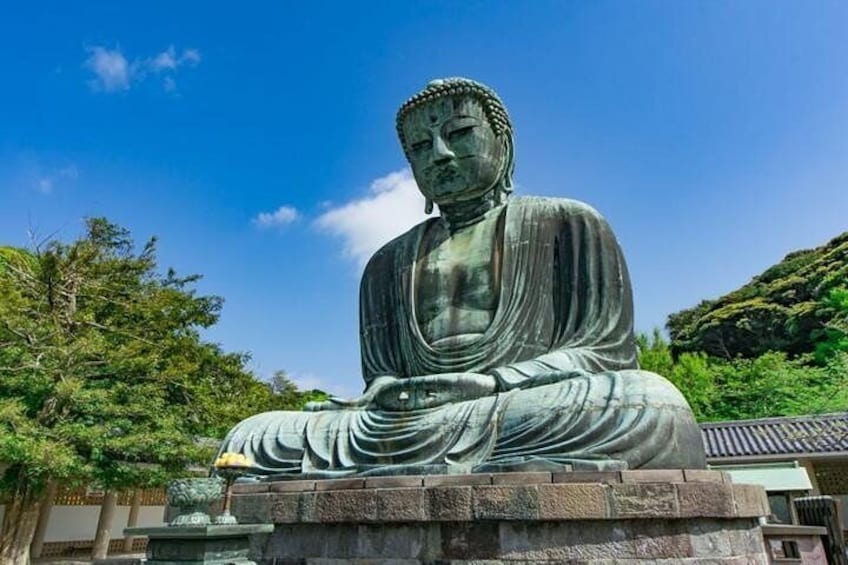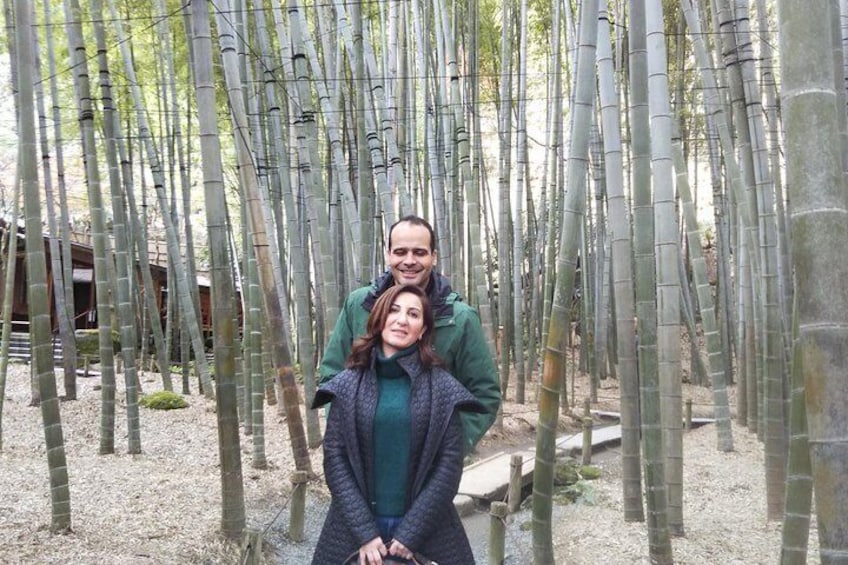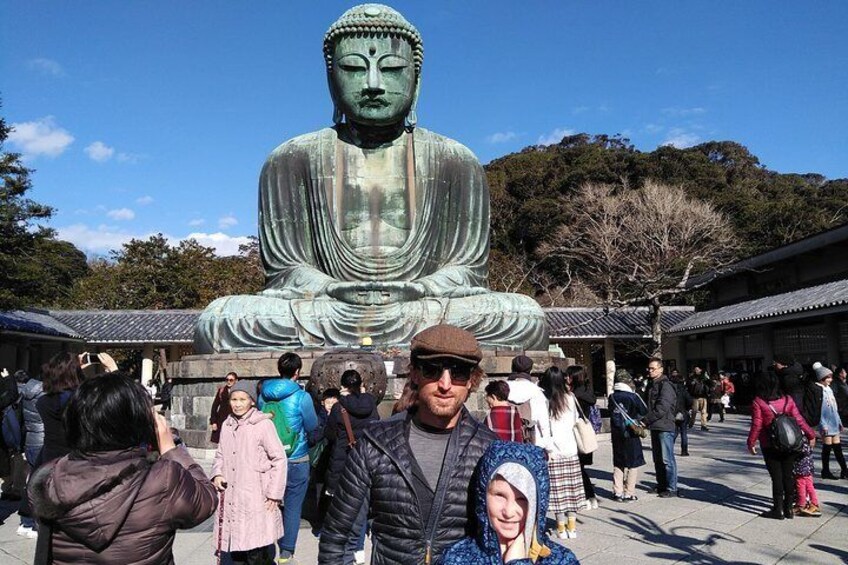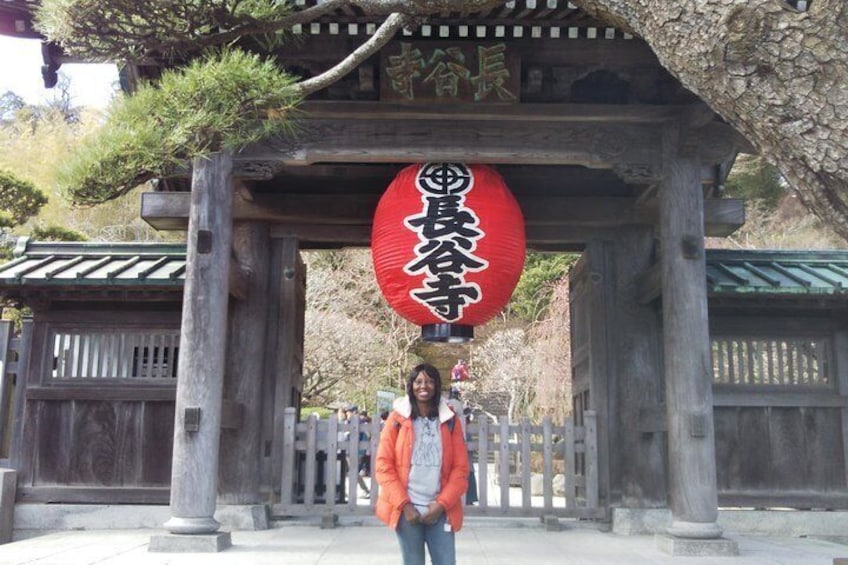




Kamakura 8 hr Private Walking Tour with Licensed Guide from Tokyo
9.8/10
9.8 out of 10Features
Overview
Activity location
Meeting/Redemption Point
Check availability
Kamakura 8 hr Private Walking Tour with Licensed Guide from Tokyo
If you need a break from the hustle and bustle of Tokyo, join one of our guides on an 8 hour day trip to Kamakura!
On this trip, take a breath of fresh sea air and see Kamakura’s temples and shrines’ beautiful gardens. View the ocean from the highest point of Hasedera temple and write your wish on an oyster shell. The over 11 metres tall Great Buddha is an icon of the area residing in Kotokuin Temple. Stop by the old Komachi shopping street and try some Hatosabure, dove shaped biscuits.
Each trip is customisable and private. Once you place a reservation, your personal guide will be in touch with you to tailor your trip to you. You can view 3 to 4 sights on this trip. If you wish to extend your time to see more, please contact us directly for extensions (5,000 yen per hour with guide). Transport time is included in the 8 hours.
We hope to guide you soon!
What's included, what's not
Know before you book
- Wheelchair accessible
- Infants and small children can ride in a pram or stroller
- Service animals allowed
- Public transport options are available nearby
- Transport options are wheelchair accessible
- All areas and surfaces are wheelchair accessible
- Suitable for all physical fitness levels
- This is a walking tour. Pick up is on foot.